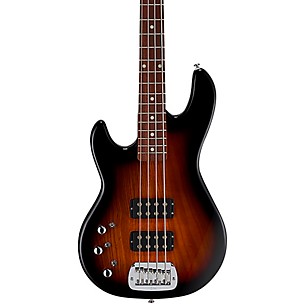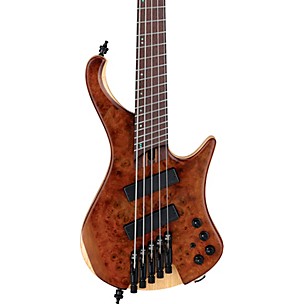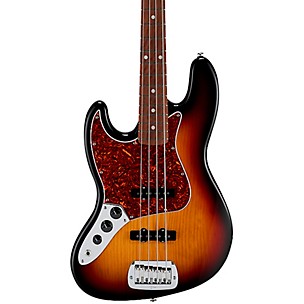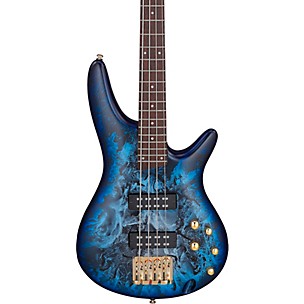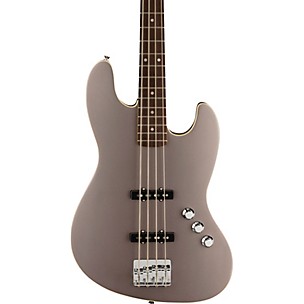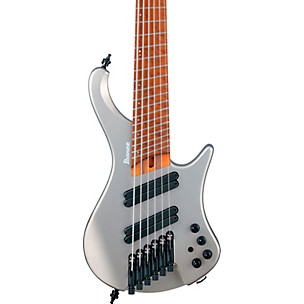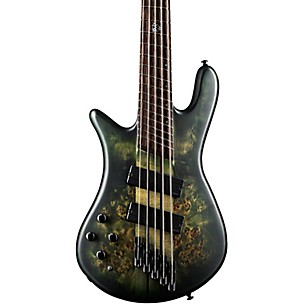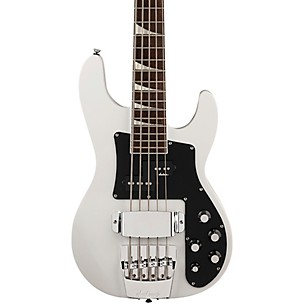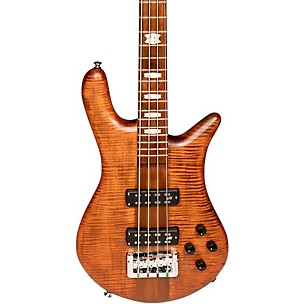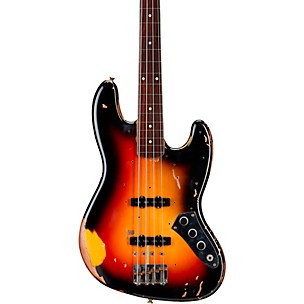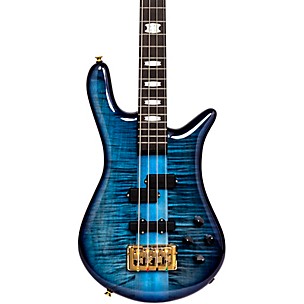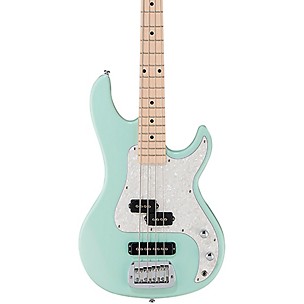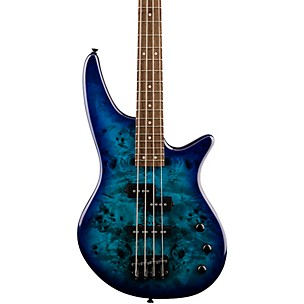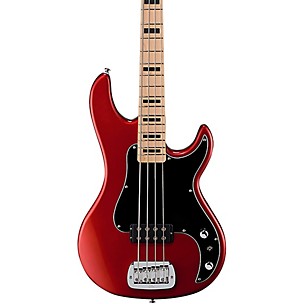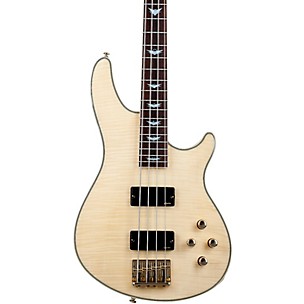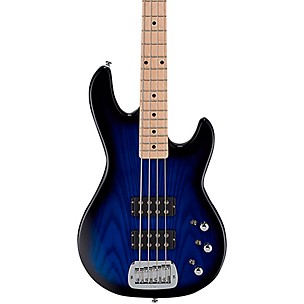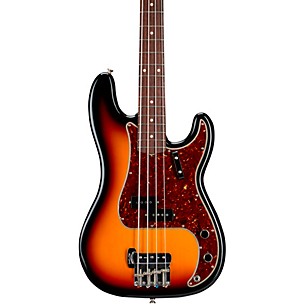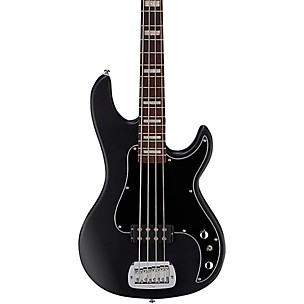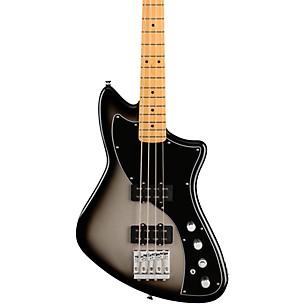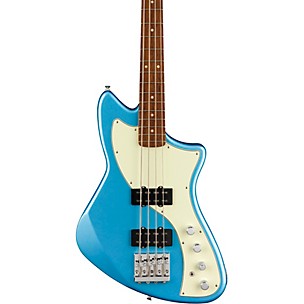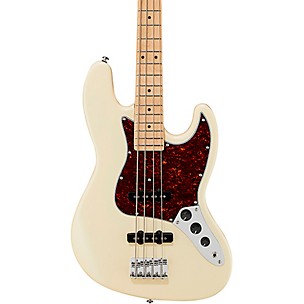Electric Bass
About Electric Bass
The electric bass plays a significant role in defining the sound of countless musical groups. The first electric bass (as we know it today) was the Audiovox 736, created in Seattle, Washington by inventor/musician Paul Tutmarc. The first mass-produced bass came courtesy of Leo Fender with the help of George Fullerton in 1951: the Fender Precision was revolutionary for its ability to be played at any volume with zero feedback. By 1960, the Fender Jazz was unleashed and boasted a brighter sound compared to the Precision. Gibson, Hohner and Rickenbacker are other legendary bass brands that have made a huge mark in the world of popular music.
In addition to the common 4-string bass, companies like Ibanez and ESP manufacture 5-string bass and 6-string bass models, which are popular among technically-proficient players who want more freedom and versatility. Warwick is another respected bass manufacturer that’s known for their Signature Artist models from the likes of Jack Bruce, Adam Clayton and Bootsy Collins. For folk and country bands, acoustic bass guitars are the best way to go; by using magnetic or piezoelectric pickups, these basses can be amplified while still retaining the instrument's natural acoustics. As for jazz, funk and R&B bassists, many opt for fretless bases which have a smooth feel and tone that's similar to an upright bass. In fact, fretless basses are ideal for double bass players who want to make the transition to an electric model.
There are certain bass accessories that every player needs. String cleaner and polish is important and will make your sound sharper and even enable you to play faster; other crucial accessories are cases/gig bags, straps, stands and tuners. Along with these accessories, aspiring bass players should consider taking lessons. Beginners will also find that there are many affordable bass models on today's market that are built with their skill level in mind; companies like Squier even offer starter packages that feature the Squier bass along with essential accessories and even a practice amp.
Speaking of amps, there are three types: practice, combo and stack. Practice amps are usually between 10 and 15 watts and are meant for exactly what their name applies. However, those who have aspirations of playing in a band will need something more powerful: combo amps are around 50 to 100 watts and are great for rehearsals, studio recording and smaller-venue shows. Lastly, bass stacks feature a head and cabinet and are for players who want power (typically 300 to 1000 watts). Most hard rock and metal bands who play larger venues prefer stacks for obvious reasons.
